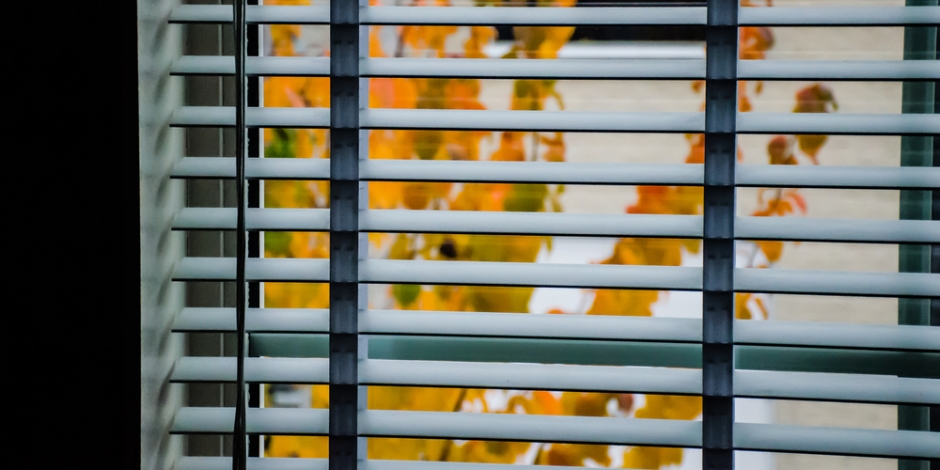
The leaf peeping has hit its peak, which means fall has arrived in the greater Chappaqua, Bedford, White Plains, and Yonkers area. For almost the entirety of 2020, the health of the air around us has been front page news, and now that fall has arrived there are even more things to consider when it comes to how healthy the air in your home is!
Here are four of the common problems that arise with the falling of the leaves, and how you can mitigate your risk of experiencing the negative health effects of poor IAQ (indoor air quality).
1. More Time Spent Indoors
Even under normal circumstances, the air inside of our homes and workplaces has been estimated to be two to five times more contaminated than the air outside. As the temperatures dropped in September and October, we all began to spend more time inside. This exposes us to contaminated indoor air for longer periods, increasing the likelihood of aggravating issues like asthma, allergies, and respiratory illness.
2. Increased Airborne Irritants
The spring and summer are high time for pollen, a contaminant that is responsible for the continuation of plant life, and the fall is high time for the contaminants associated with plant death—mold! The falling leaves introduce more mold spores and other bacteria into the air. Once these contaminants enter your home through open doors and windows, or holes hidden throughout your home, they will recirculate the air through your central heating and cooling system.
This mold and bacteria can even grow inside your ductwork, causing a musty and mildewy smell and posing a risk to you and your family. If you suspect you have mold already in your ductwork, a duct cleaning gives your HVAC system a fresh start as the seasons change.
3. Dirty Air FIlters
So where is your air filter in all of this talk about clean air? An air filter can remove some of the common contaminants in your home, but they need to be changed regularly, at least every 90 days, or in accordance with manufacturer specifications. Air filters can become clogged, especially as the seasons change.
Your home may also benefit from upgrading to a higher rated air filter. Filters are measured in MERV (Minimum Efficiency Reporting Value) and in some cases, meet HEPA (High Efficiency Particulate Air) standards. Healthy Home Energy & Consulting can assess your air filter needs through a Whole Home Evaluation.
4. Temperature Changes
The leaves fall, and so do the temperatures. This can have you changing between the “heat” and “cool” settings on your thermostat, and opening and closing the windows. Plus, the temperature difference between your indoor living space and the outdoors is increasing as outside temperatures continue to drop. All of these can exacerbate the air that enters your home, bringing with it additional contaminants.
Upgrading your insulation and air sealing your home will keep the heat from your furnace inside, and outside contaminants where they belong.
Fight Poor IAQ This Fall with Healthy Home Energy & Consulting
If you are concerned about the health of the air in your home or have been searching for an in home air quality test to assess your breathing air, get in touch with the indoor air quality solution experts at Healthy Home Energy & Consulting. We offer a supercharged home energy audit called the Whole Home Evaluation that will tell you everything you need to know about making your home healthier, more efficient, and more comfortable!

